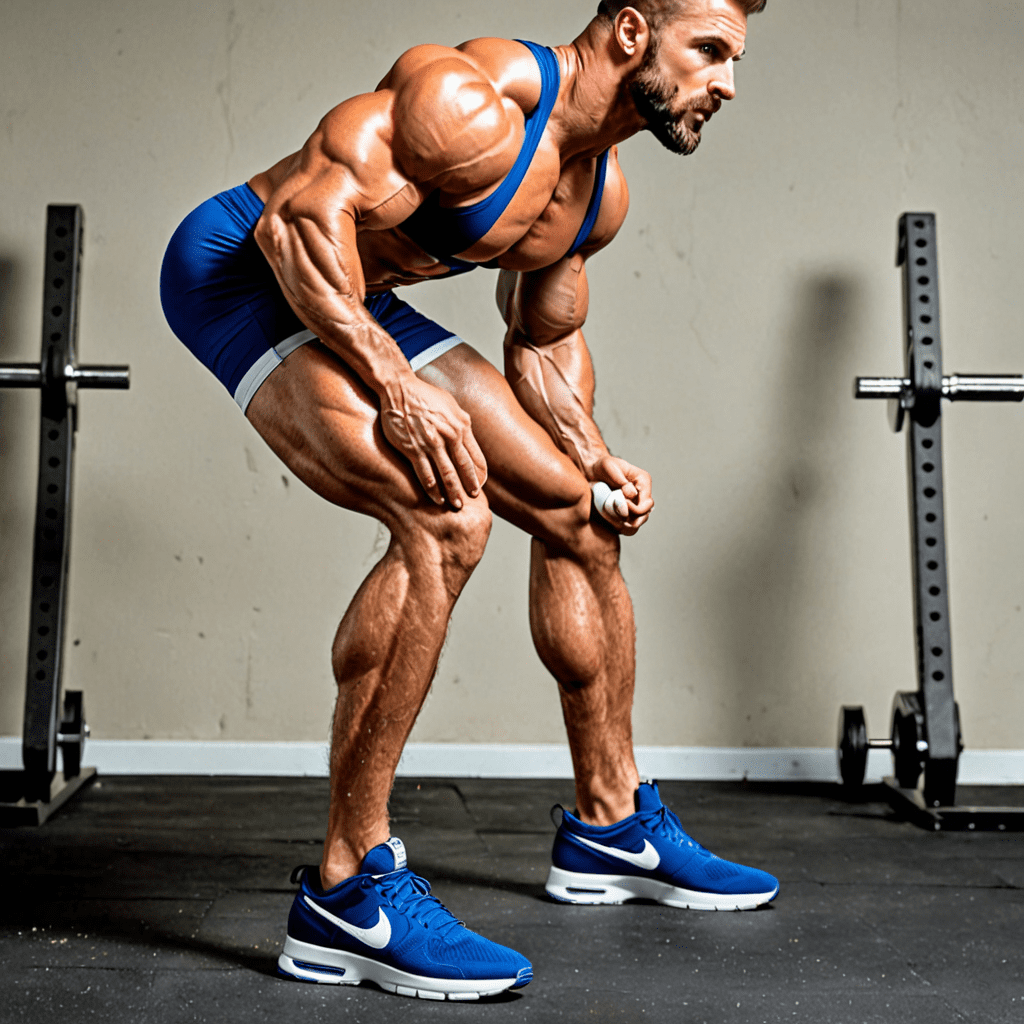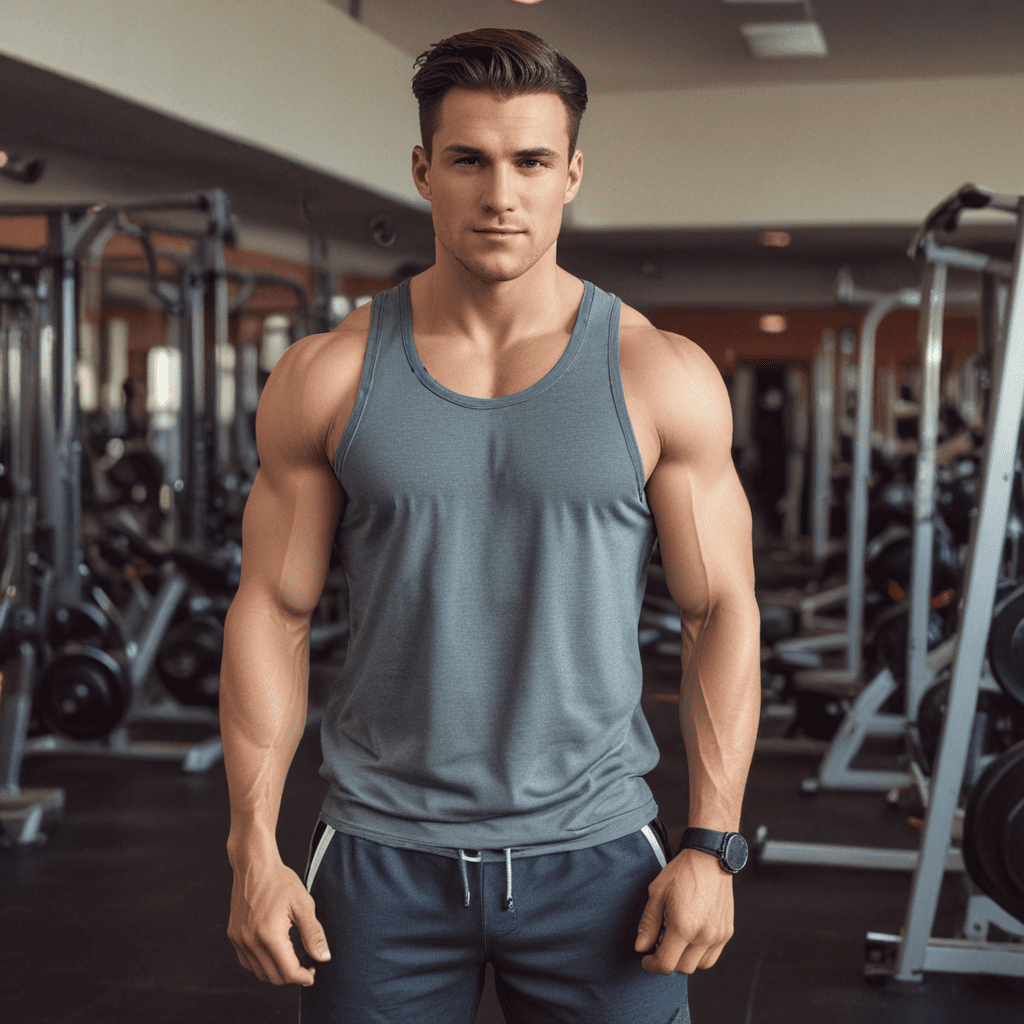
Why Do Your Knees Cave In During Squats? Uncover the Common Culprits!
Introduction
When performing squats, it is common for individuals to experience their knees caving inwards. This phenomenon can be both frustrating and potentially harmful. In this article, we will discuss the various factors that contribute to knee cave during squats, as well as provide insights on how to address and prevent this issue.
Understanding Knee Cave
Knee cave, also known as valgus collapse, occurs when the knees deviate inward towards each other during a squat exercise. It is important to note that knee cave is not a natural movement pattern and can lead to discomfort, reduced performance, and increased risk of injury.
Potential Causes of Knee Cave
There are several reasons why your knees may cave in during squats. Understanding these factors can help you identify and address the root cause of the issue:
1. Weak Glute Muscles
A weak gluteus medius, a key stabilizing muscle in the hip, can contribute to knee cave. When the glute muscles are unable to adequately support the hips during squats, the knees may collapse inward.
2. Poor Ankle Mobility
Insufficient mobility in the ankles can restrict proper squat mechanics, leading to compensatory movements such as knee cave. Limited dorsiflexion, the ability to bring the toes closer to the shin, can put excessive strain on the knees.
3. Incorrect Foot Placement
Positioning your feet incorrectly during squats can impact your knee alignment. Placing your feet too close together or pointing them too far outward can disrupt the natural movement pattern, causing knee cave.
4. Lack of Hip Strength and Stability
Weakness and instability in the hip joint can contribute to knee cave. The hips play a significant role in maintaining proper squat form, and when they are unable to support the movement, the knees may buckle inward.
5. Imbalanced Quadriceps and Hamstrings
Strength imbalances between the quadriceps and hamstrings can affect knee alignment during squats. If your quadriceps overpower your hamstrings, it can result in inward knee movement.
How to Address Knee Cave
Once you have identified the underlying cause of your knee cave, you can take steps to address and correct the issue. Here are some strategies to consider:
1. Strengthen Your Glute Muscles
Engaging in exercises that target the gluteus medius, such as lateral band walks or clamshells, can help strengthen this muscle group and improve hip stability during squats.
2. Improve Ankle Mobility
By incorporating ankle mobility exercises into your warm-up routine, you can increase the range of motion in your ankles. Exercises like ankle circles and calf stretches are effective in enhancing dorsiflexion.
3. Adjust Your Foot Placement
Experiment with different foot positions during squats to find the one that feels most comfortable and allows for proper knee alignment. Generally, your feet should be shoulder-width apart with toes slightly angled outward.
4. Focus on Hip Strengthening Exercises
Perform exercises that target the hip muscles, such as squats with resistance bands or lunges, to enhance hip strength and stability. This will aid in maintaining proper alignment during squat movements.
5. Address Quadriceps and Hamstring Imbalances
If you suspect an imbalance in your quadriceps and hamstrings, it is essential to incorporate exercises that target both muscle groups. This will help equalize the strength and reduce the likelihood of knee cave.
Frequently Asked Questions (FAQ)
Q: Can knee cave during squats lead to injuries?
A: Yes, knee cave can lead to increased stress on the knees, potentially resulting in injuries such as ligament sprains or tears. It is important to address and correct knee cave to minimize the risk of these injuries.
Q: Are there any specific warm-up exercises that can help prevent knee cave?
A: Yes, performing dynamic warm-up exercises, such as lateral leg swings or squat-to-stands, can help activate the muscles around the hips and knees, promoting proper alignment and reducing the likelihood of knee cave.
Q: How long does it take to correct knee cave?
A: The time it takes to correct knee cave can vary depending on the underlying factors and individual circumstances. Consistency in addressing the issue through targeted exercises and form corrections is crucial for long-term improvement.
Q: Should I squat with a lighter load when working on correcting knee cave?
A: It is often recommended to reduce the weight and focus on perfecting your squat form when addressing knee cave. By prioritizing proper technique and gradually increasing the load, you can improve muscle activation and reduce the risk of knee cave.

